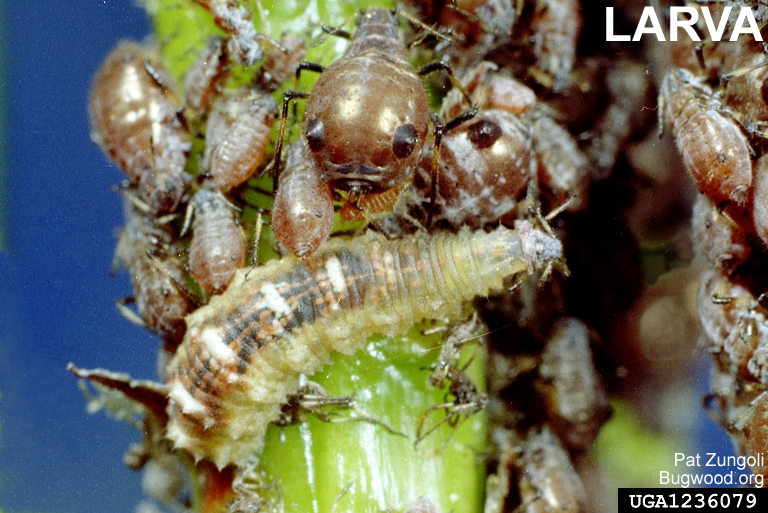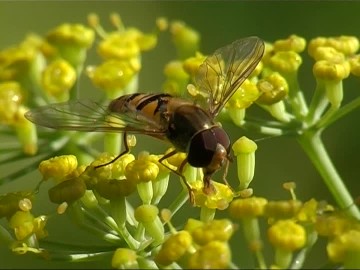by Tom Gibson
Imagine sitting down with an impassioned collector of buttons to discuss his triumphs. First, a large red button discovered in an attic in Toronto. Then a rare pearl button found at a second-hand store in Cleveland, followed by a detailed description, which the collector imagines to be droll, of the store’s eccentric proprietor.
How soon before you want to scream?
That was my reaction to The Fly Trap, written by Fredrik Sjöberg, who has devoted his life to collecting hoverflies (202 separate species, according to the book) on an island off the coast of the Swedish mainland. I bring this book to the attention of Gardenopolis Cleveland readers because you might well be tempted to read it. It made this year’s New York Times list of the 100 Notable Books and has gathered high praise from a Swedish Nobel prize winner and various reviewers: ”A rare masterpiece…Graceful, poetic, astonishing, and–yes!–absolutely thrilling.”
Not. (One is reminded of a real Scandinavian masterpiece, The Emperor’s New Clothes.) The author displays an astonishing lack of enthusiasm, given his subject matter, for either nature or for the lives and roles of hoverflies; his main thrill comes from discovering species that others haven’t. In a burst of candor, he even admits to the narrowness of his passion when he describes it as “buttonology,” the collecting of something special just to him. Only other collectors of things–saw flies, dragonflies, but also porcelain and painting seem to resonate. Otherwise, he’d rather be alone on his island.
Instead of reading this book, I would encourage Gardenopolis Cleveland readers to savor the real pleasure of observing hoverflies in your own gardens. They hover (of course) over your flowers, wings beating at 120 times per second, before diving in to gather pollen and darting to a neighboring blossom. https://www.youtube.com/watch?v=9_9KAyoGTXs.
They are also a great example of mimicry in nature; though harmless in their adult stage, these two-winged flies (Diptera) have evolved to scare off predators by resembling more dangerous four-winged wasps (Hymenoptera).
Their greatest value to the gardener, however, may be the insatiable appetite their highly predatory larvae have for aphids. One larva can eat 50 aphids a day!
Fortunately, many familiar plants attract them, including fennel, lavender, cosmos, and dill (larger list here: http://permaculturenews.org/2014/10/04/plants-attract-beneficial-insects/). Here’s a hoverfly eating dill pollen:

